Home>Technology>Smart Home Devices>Why Is My Printer Not Printing Black
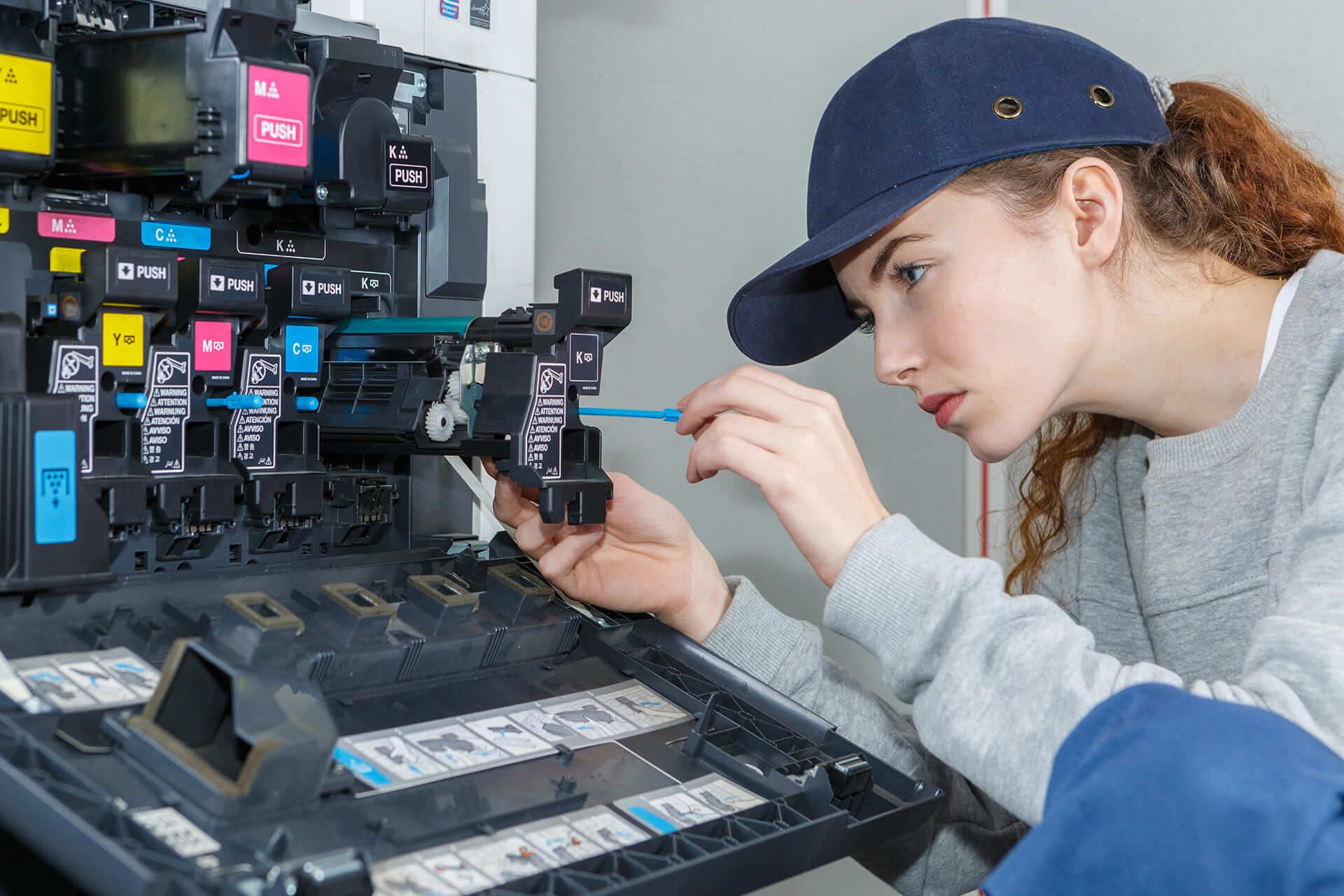

Smart Home Devices
Why Is My Printer Not Printing Black
Modified: February 18, 2024
Discover the reasons why your smart home devices are not printing black and learn how to troubleshoot the issue. Get expert tips and solutions now!
(Many of the links in this article redirect to a specific reviewed product. Your purchase of these products through affiliate links helps to generate commission for Storables.com, at no extra cost. Learn more)
Introduction
Read more: Why Is My HP Printer Not Printing Black
Introduction
Are you experiencing the frustrating issue of your printer not printing in black? This common problem can arise from various causes, ranging from ink cartridge issues to printer settings and print head malfunctions. Before diving into potential solutions, it's important to understand the possible reasons behind this vexing issue. By addressing the root cause, you can effectively resolve the problem and resume your printing tasks without further ado.
When your printer fails to produce black ink, it can disrupt your workflow and lead to unnecessary stress. However, with a systematic approach and a bit of troubleshooting, you can often rectify the issue without the need for professional intervention. In the following sections, we'll explore the most common culprits behind this problem and provide practical steps to help you resolve it swiftly and efficiently.
Whether you're a home user or a professional in a bustling office environment, a malfunctioning printer can throw a wrench into your plans. By addressing the issue of a printer not printing black, you can regain control over your printing tasks and ensure that your documents, reports, and creative projects are produced with the clarity and professionalism they deserve. Let's delve into the potential causes and solutions to get your printer back on track.
Check the Ink Cartridge
Key Takeaways:
- Don’t panic if your printer isn’t printing black! Check the ink cartridge, run the cleaning cycle, and verify printer settings to troubleshoot and resolve the issue. With a little patience and care, you can get your printer back on track.
- Outdated printer drivers could be the culprit behind your printer’s black ink printing issues. Update or reinstall the drivers to optimize your printer’s performance and ensure clear, vibrant black prints. Keep your printer running smoothly with this simple fix!
Check the Ink Cartridge
One of the primary reasons for a printer failing to print in black is an issue with the ink cartridge. Before assuming that the printer itself is at fault, it’s important to inspect the ink cartridge to ensure that it’s functioning properly.
Begin by checking the ink levels in the black cartridge. Many printers allow users to monitor ink levels through the printer software or directly on the printer’s display panel. If the ink level is low or depleted, replacing the cartridge with a new one should resolve the issue. However, if the ink level appears sufficient, it’s still worth considering that the cartridge may be faulty or clogged.
Remove the black ink cartridge from the printer and examine it closely. Check for any visible signs of damage, such as leaks or clogs. If the cartridge appears to be in good condition, it may be beneficial to perform a cartridge cleaning process. This can often be done using the printer’s software or through manual cleaning methods provided in the printer’s user manual.
When dealing with ink cartridges, it’s crucial to handle them with care to avoid further complications. Always follow the manufacturer’s guidelines for handling and installing ink cartridges to prevent damage and ensure optimal performance.
By thoroughly inspecting the ink cartridge and addressing any potential issues, you can eliminate this common culprit behind a printer’s failure to produce black ink. If the cartridge is found to be in good condition and the ink levels are adequate, it’s time to explore other potential solutions to resolve the printing issue.
Run the Printer’s Cleaning Cycle
Run the Printer’s Cleaning Cycle
When your printer encounters difficulties in printing black, running the printer’s cleaning cycle can often help resolve the issue. Over time, ink residue and debris can accumulate within the printer, leading to clogged nozzles and diminished print quality. The cleaning cycle is designed to purge any obstructions and ensure the smooth flow of ink, thereby improving the overall print output.
Most modern printers feature a built-in cleaning function that can be accessed through the printer’s settings or control panel. By initiating this process, the printer will perform a series of internal cleaning routines to clear any blockages and optimize the ink flow. It’s important to note that running the cleaning cycle may consume a small amount of ink, but the benefits of restoring proper ink flow and resolving print quality issues far outweigh this minor drawback.
Before running the cleaning cycle, it’s advisable to remove the black ink cartridge and gently wipe the printhead with a lint-free cloth dampened with distilled water. This preliminary step can help dislodge any dried ink or debris that may be obstructing the printhead, enhancing the effectiveness of the cleaning cycle.
After completing the cleaning cycle, it’s recommended to print a test page to assess whether the issue has been resolved. If the printer still fails to produce black ink or the print quality remains unsatisfactory, consider running the cleaning cycle once more to ensure thorough maintenance.
By incorporating the printer’s cleaning cycle into your troubleshooting process, you can address potential ink flow obstructions and restore the printer’s ability to produce high-quality black prints. If the issue persists despite running the cleaning cycle multiple times, it may be necessary to explore additional solutions to pinpoint and resolve the underlying cause.
Verify the Printer Settings
Verify the Printer Settings
Incorrect printer settings can often lead to issues with black ink printing. Whether it’s a misconfigured print mode or an erroneous setting within the printer’s software, verifying and adjusting the printer settings can help rectify the problem and restore proper print functionality.
Begin by accessing the printer settings through the control panel or the printer software on your computer. Check the print quality settings to ensure that the printer is configured to produce high-quality prints using the black ink cartridge. If the print quality is set to a draft or economy mode, the printer may prioritize speed over print accuracy, resulting in faint or incomplete black prints.
Additionally, verify that the paper type and size settings are correctly aligned with the actual paper loaded in the printer. Mismatched settings can lead to printing issues, including poor ink adhesion and smudged prints. By selecting the appropriate paper type and size, you can optimize the printing process and enhance the quality of black ink prints.
For advanced users, accessing the printer’s color management settings can provide further insight into potential issues affecting black ink printing. Ensure that the color balance and ink density settings are calibrated to accommodate optimal black ink output. Adjusting these settings may require a degree of technical proficiency, so it’s advisable to consult the printer’s user manual or online resources for guidance.
After reviewing and adjusting the printer settings, it’s recommended to print a test page to evaluate the impact of the changes. If the black ink printing issue persists, consider resetting the printer to its default settings and reconfiguring the necessary parameters to ensure accurate and consistent print output.
By meticulously verifying and adjusting the printer settings, you can eliminate potential configuration-related obstacles that hinder the printer’s ability to produce high-quality black prints. If the issue persists despite thorough settings verification, it may be necessary to explore additional troubleshooting steps to pinpoint and address the underlying cause.
Inspect the Print Head
Read more: Why Won’t My Epson Printer Print Black
Inspect the Print Head
The print head plays a critical role in the printing process, and issues related to the print head can significantly impact the quality of black ink prints. By inspecting and addressing potential problems with the print head, you can potentially resolve the issue of the printer failing to produce black ink.
Begin by accessing the print head through the printer’s maintenance or settings menu. Some printers allow users to perform a print head inspection or cleaning process directly from the control panel, while others may require manual intervention to access and inspect the print head.
Examine the print head for any signs of clogging, dried ink residue, or physical damage. Clogged nozzles can obstruct the flow of black ink, resulting in faded or streaked prints. If visible debris is detected, consider using the printer’s cleaning function to purge the print head and restore optimal ink flow.
In addition to visual inspection, some printers offer diagnostic tools that enable users to perform a more thorough analysis of the print head’s condition. These tools can help identify and address specific issues affecting the print head’s performance, such as misaligned nozzles or ink flow irregularities.
If the printer’s software provides the option to align the print head, consider running the alignment process to ensure that the nozzles are properly calibrated for accurate black ink deposition. This alignment procedure can enhance print quality and mitigate issues related to uneven or incomplete black prints.
After inspecting and potentially cleaning the print head, it’s advisable to print a test page to evaluate the impact of the maintenance procedures. Assess whether the black ink prints exhibit improved quality and consistency, indicating that the print head inspection and maintenance have effectively addressed the underlying issue.
By diligently inspecting and maintaining the print head, you can mitigate potential obstacles that impede the printer’s ability to produce crisp and legible black prints. If the issue persists despite print head maintenance efforts, it may be necessary to explore additional avenues to troubleshoot and resolve the printing issue.
Update or Reinstall Printer Drivers
Update or Reinstall Printer Drivers
Outdated or corrupted printer drivers can contribute to a myriad of printing issues, including the failure to produce black ink prints. By updating or reinstalling the printer drivers, you can address potential software-related obstacles and optimize the printer’s performance.
Begin by accessing the device manager or printer settings on your computer to review the status of the installed printer drivers. Look for any indications of driver errors, outdated versions, or compatibility issues that may be impeding the printer’s functionality. If any such issues are identified, it’s crucial to take proactive steps to rectify them.
To update the printer drivers, visit the manufacturer’s official website or utilize the printer software’s built-in update feature to download and install the latest driver versions. Updated drivers often include bug fixes, performance enhancements, and compatibility improvements that can positively impact the printer’s ability to produce high-quality black ink prints.
If updating the drivers does not yield the desired results, consider reinstalling the printer drivers to ensure a clean and stable installation. Begin by uninstalling the existing printer drivers from your computer, following the manufacturer’s guidelines for driver removal. Once the drivers have been uninstalled, proceed to reinstall the printer drivers using the latest versions obtained from the manufacturer’s official sources.
After updating or reinstalling the printer drivers, restart your computer and the printer to allow the changes to take effect. Subsequently, attempt to print a test page to assess whether the black ink printing issue has been resolved. If the prints exhibit improved quality and consistency, it indicates that the driver update or reinstallation has effectively addressed the underlying software-related issues.
By proactively managing and updating the printer drivers, you can mitigate potential software-related impediments that hinder the printer’s ability to produce clear and vibrant black prints. If the issue persists despite driver updates or reinstalls, it may be necessary to explore additional troubleshooting measures to pinpoint and resolve the underlying cause.
Conclusion
Read more: Why Is My Printer Not Printing Ink
Conclusion
Encountering the issue of a printer failing to print in black can be a frustrating setback, but with a methodical approach and the implementation of targeted solutions, it’s often possible to rectify the problem and restore the printer’s functionality. By addressing potential causes such as ink cartridge issues, print head malfunctions, and software-related obstacles, you can effectively troubleshoot and resolve the black ink printing issue.
Initiating the troubleshooting process by checking the ink cartridge is a fundamental step in identifying and addressing common causes of black ink printing failures. By verifying the ink levels, inspecting the cartridge for damage, and performing necessary cleaning procedures, you can eliminate potential cartridge-related obstacles that impede the printer’s ability to produce high-quality black prints.
Running the printer’s cleaning cycle is another valuable strategy for addressing ink flow obstructions and print quality issues. By leveraging the printer’s internal cleaning functions and performing manual maintenance, you can purge debris and residue that may hinder the printer’s ability to produce clear and consistent black prints.
Verifying and adjusting the printer settings can help mitigate configuration-related issues that affect black ink printing. By ensuring that the print quality, paper type, and color management settings are optimized for black ink output, you can enhance the printer’s performance and minimize potential printing discrepancies.
Inspecting and maintaining the print head is essential for addressing issues related to nozzle clogging, ink residue, and alignment irregularities. By diligently inspecting the print head and performing necessary maintenance procedures, you can optimize the printer’s ability to produce crisp and legible black prints.
Updating or reinstalling printer drivers is a crucial step in addressing software-related obstacles that may impede the printer’s functionality. By ensuring that the printer drivers are up to date and properly installed, you can mitigate potential compatibility issues and optimize the printer’s performance for black ink printing.
By incorporating these targeted solutions into your troubleshooting process, you can effectively address the issue of a printer failing to print in black and regain control over your printing tasks. However, if the problem persists despite thorough troubleshooting, it may be advisable to seek professional assistance or explore additional avenues to pinpoint and resolve the underlying cause.
With a proactive and systematic approach, you can overcome the challenges associated with black ink printing issues and ensure that your printer consistently delivers high-quality black prints for your documents, projects, and creative endeavors.
Frequently Asked Questions about Why Is My Printer Not Printing Black
Was this page helpful?
At Storables.com, we guarantee accurate and reliable information. Our content, validated by Expert Board Contributors, is crafted following stringent Editorial Policies. We're committed to providing you with well-researched, expert-backed insights for all your informational needs.
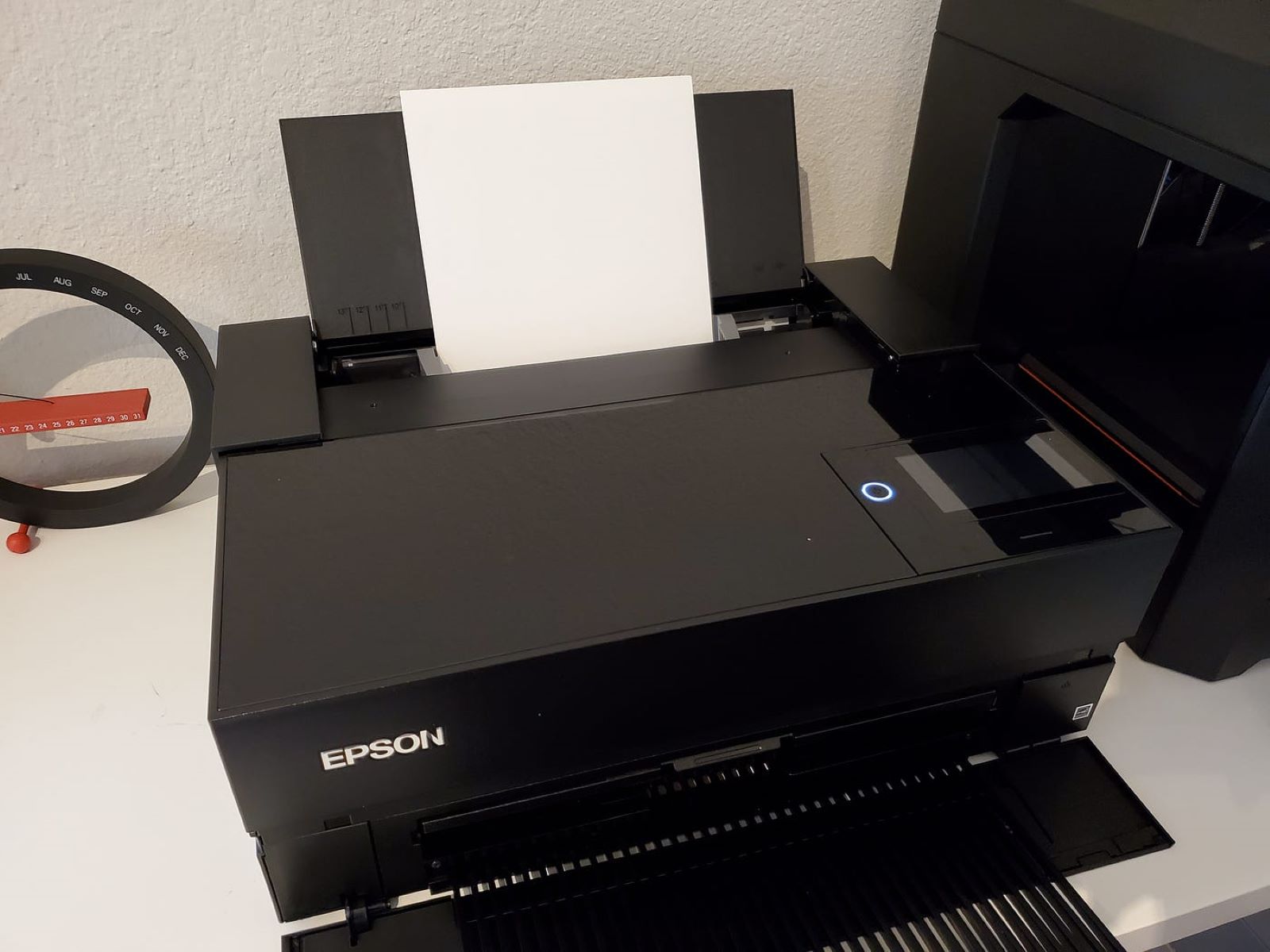
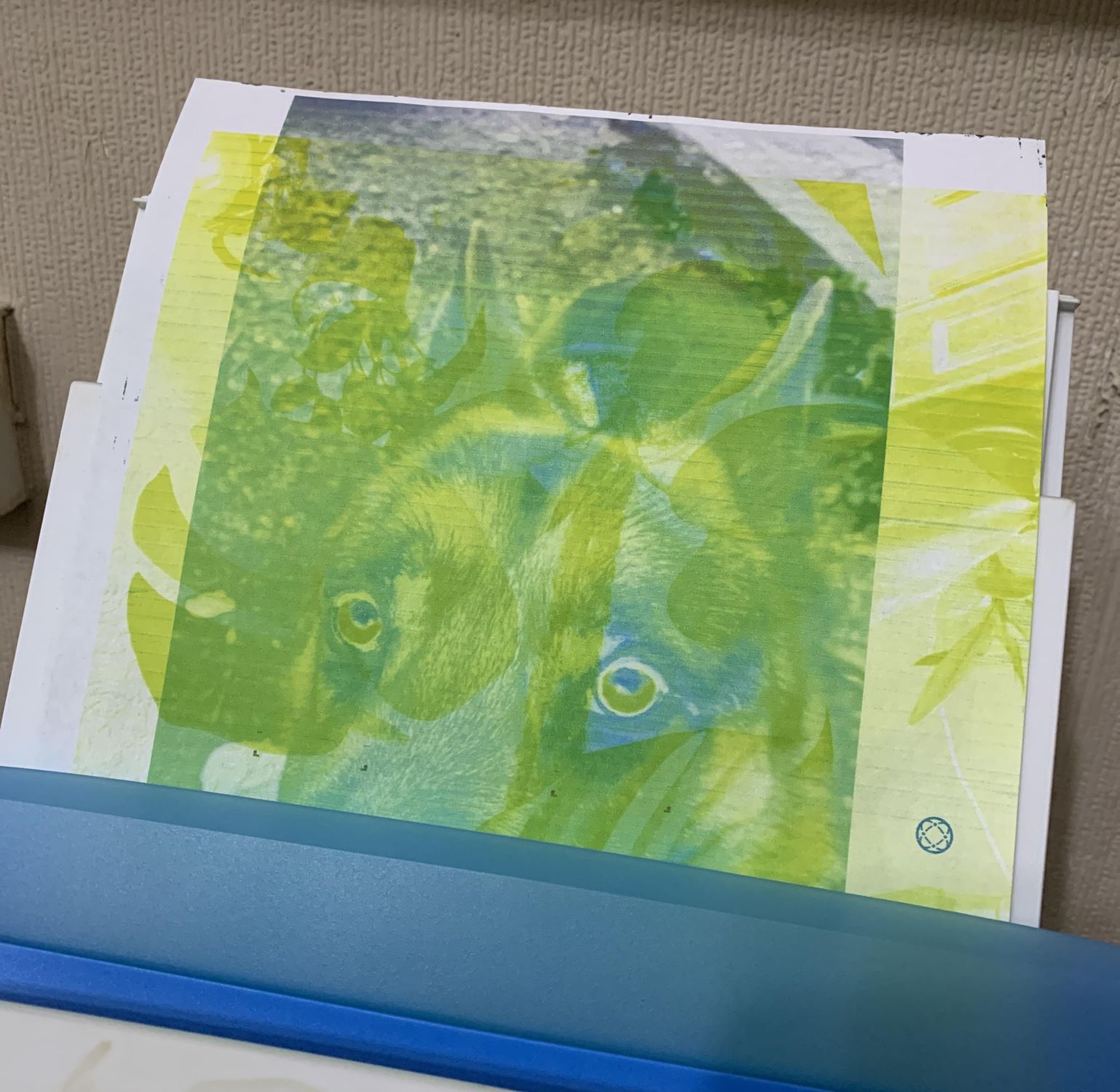

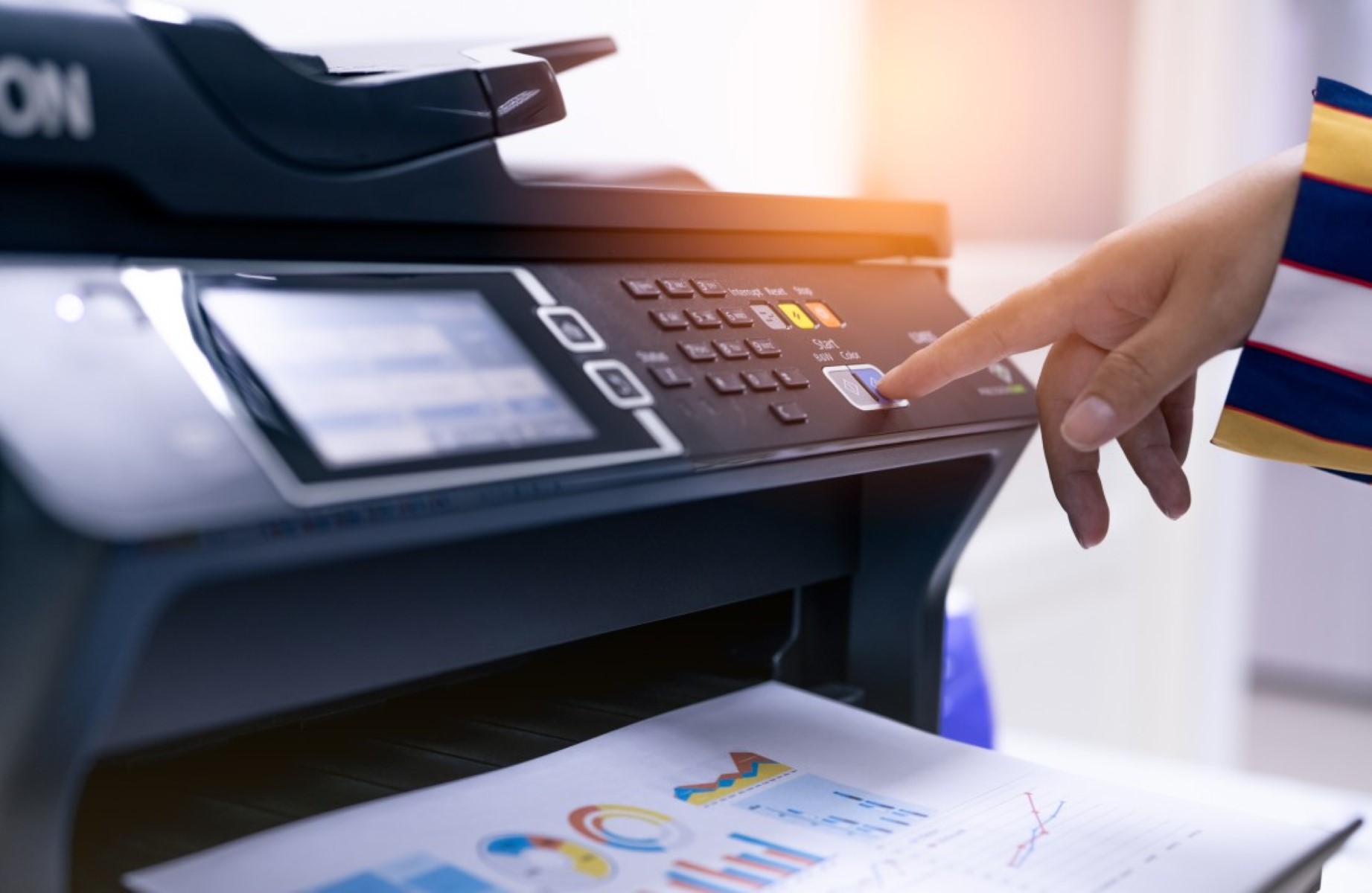
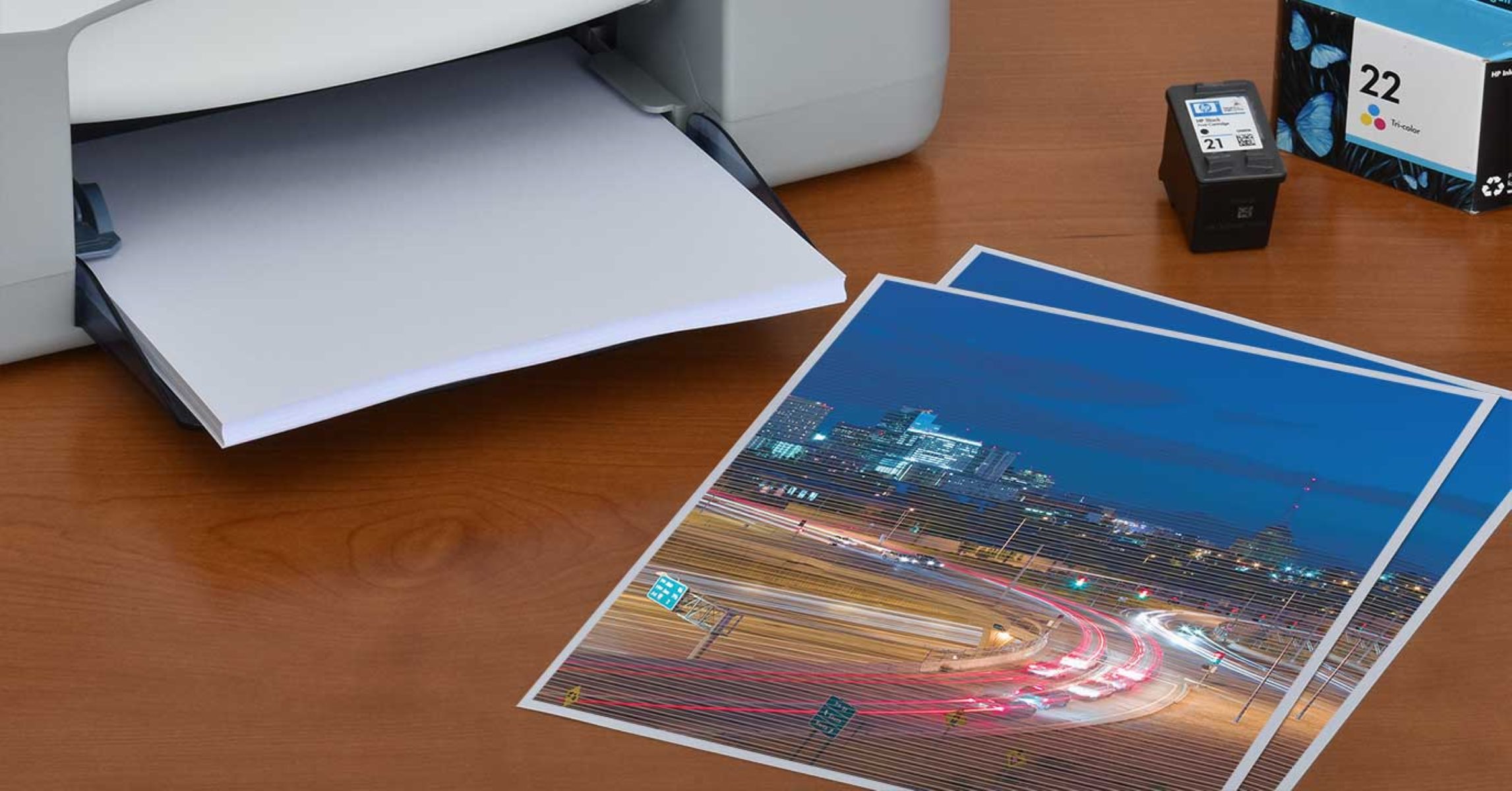
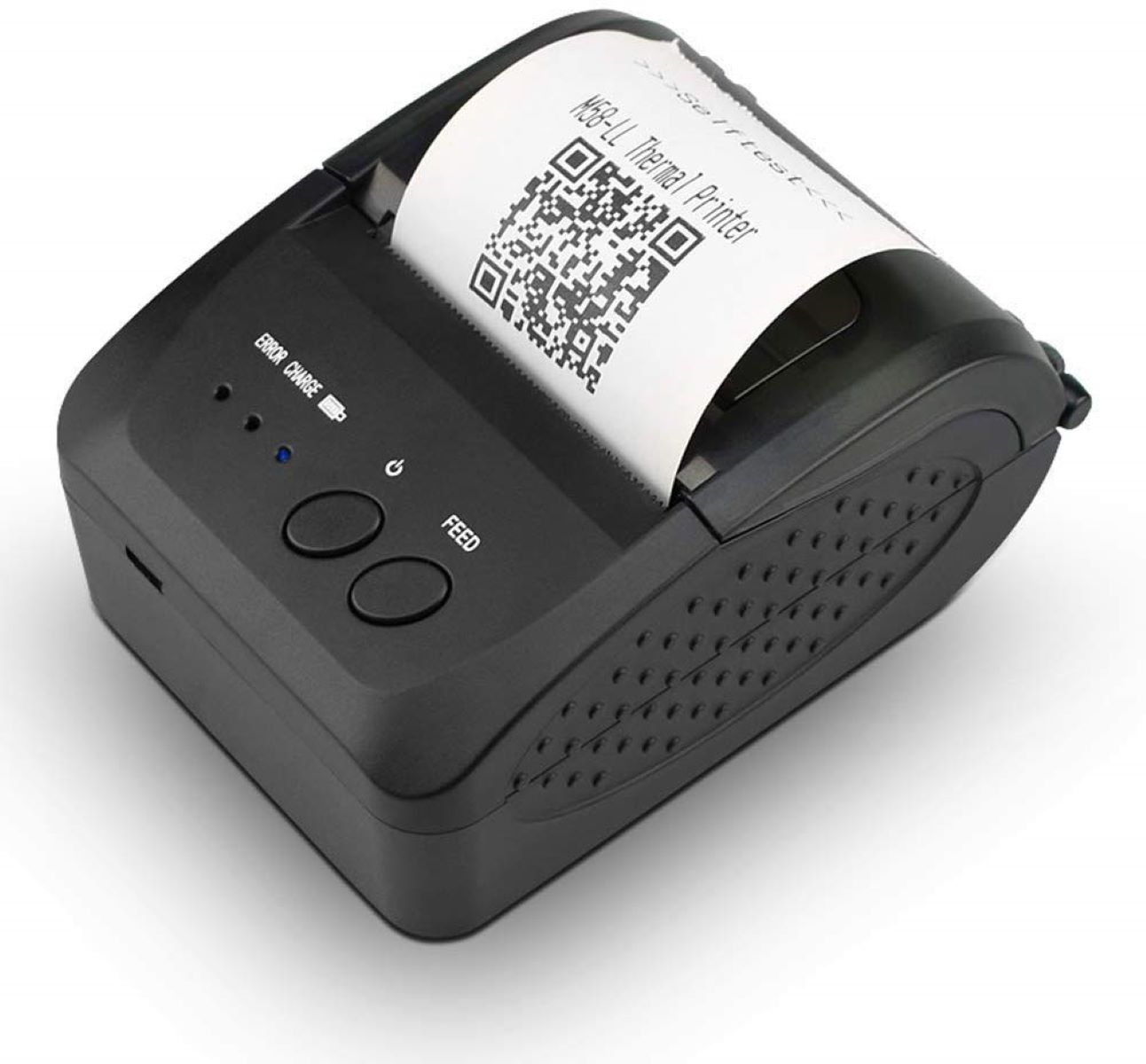
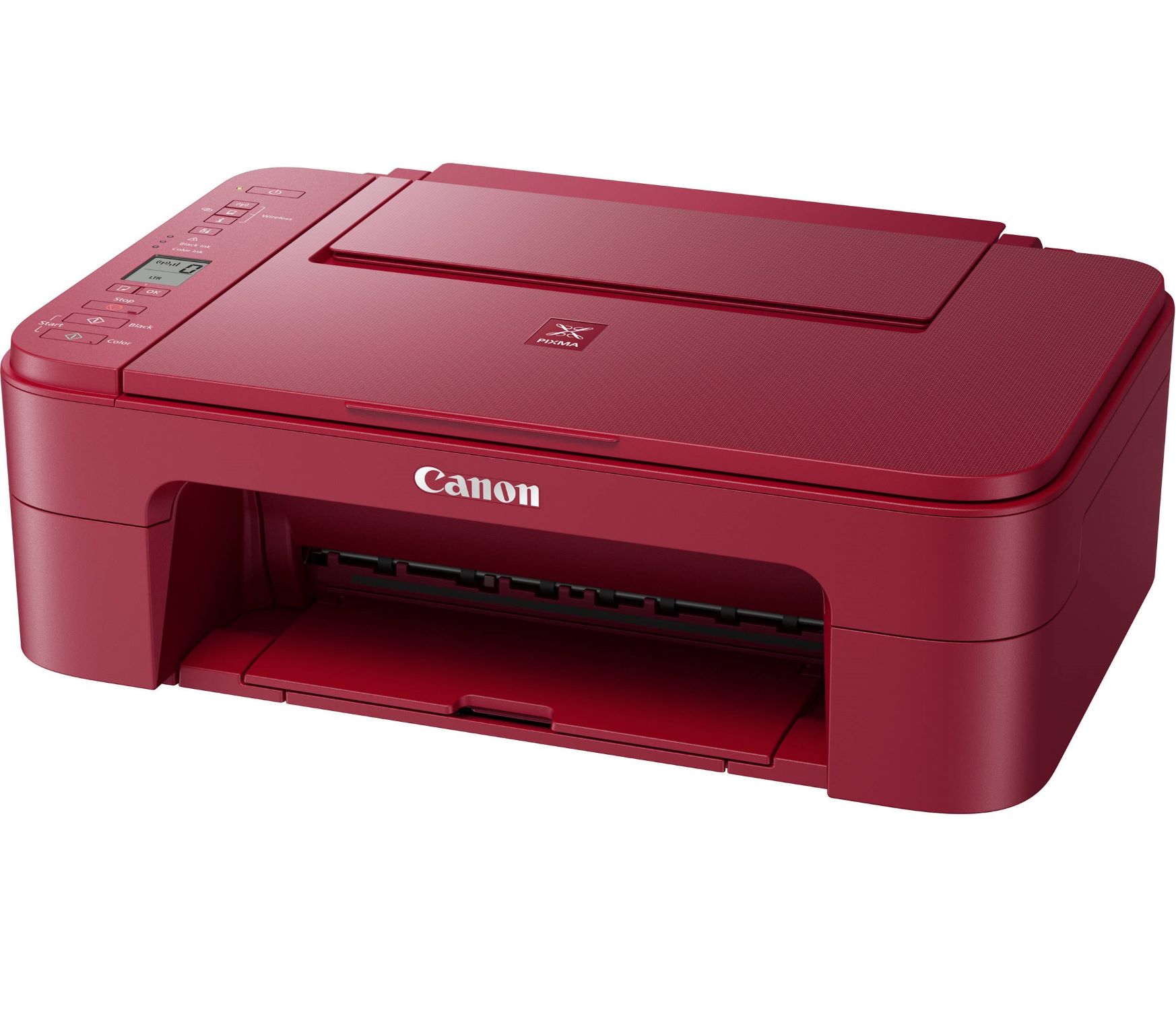
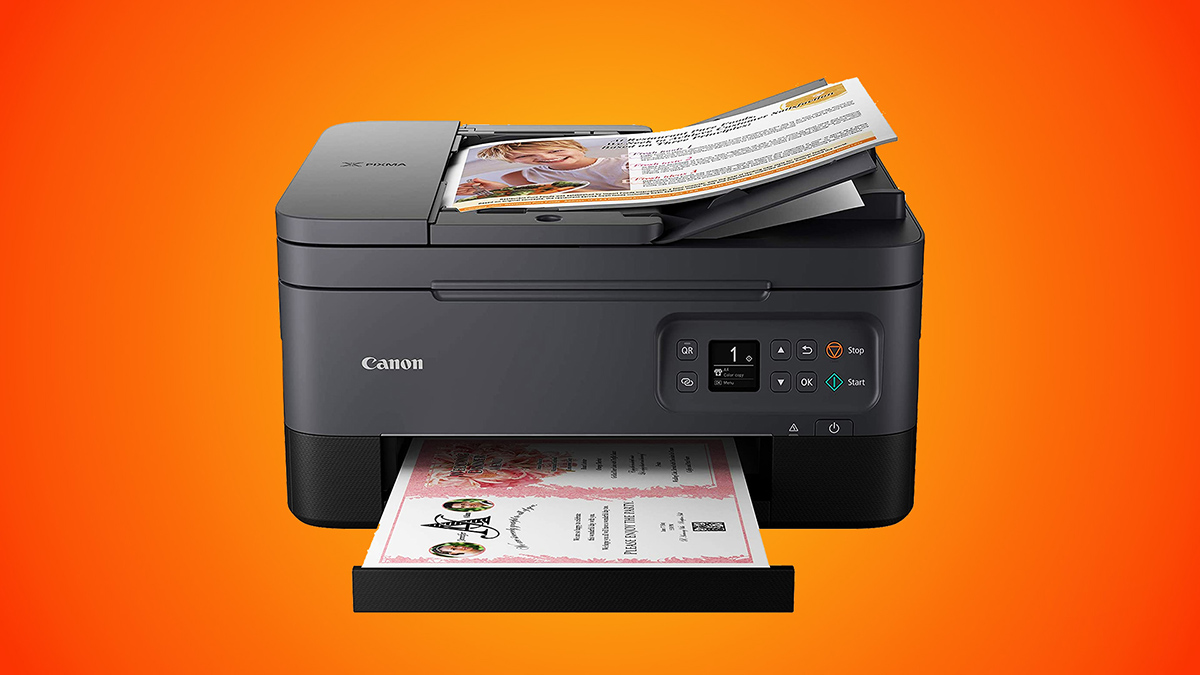
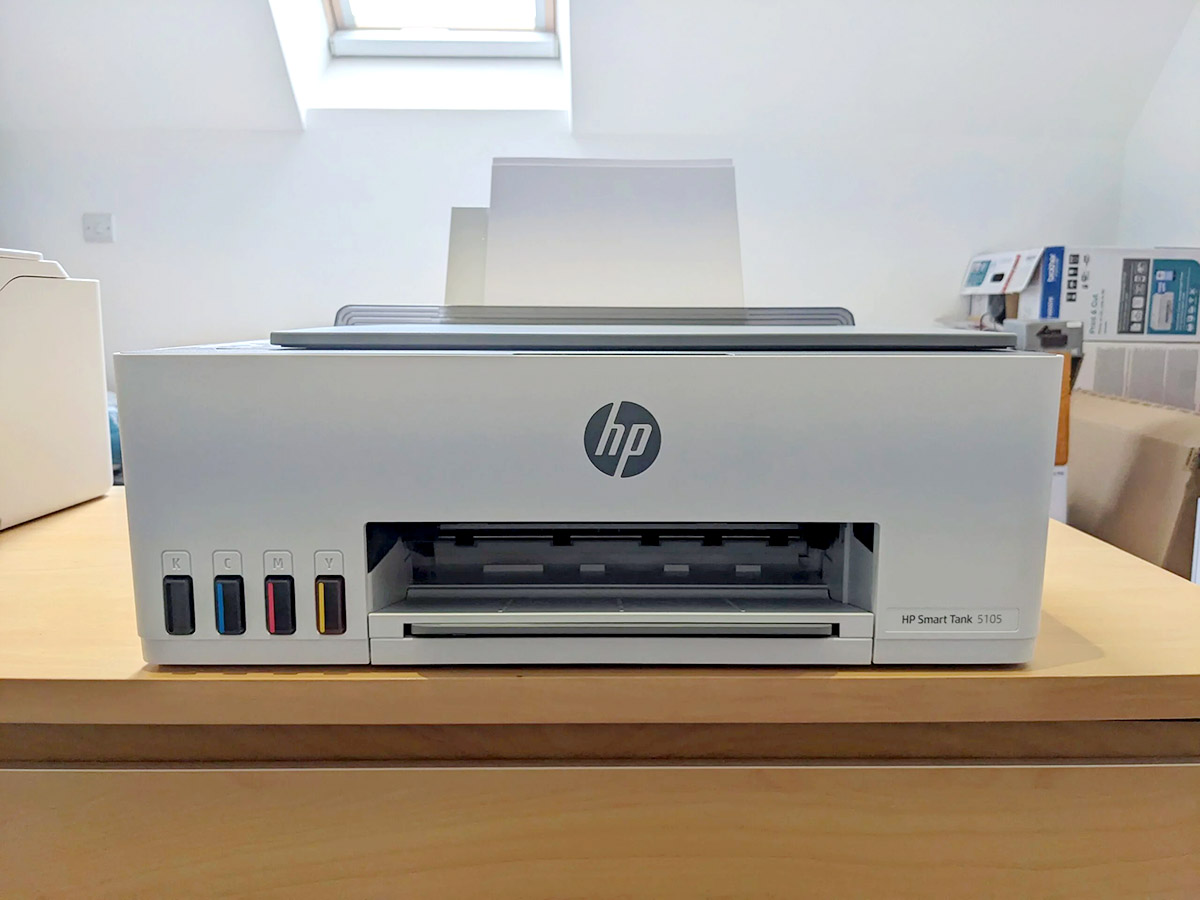


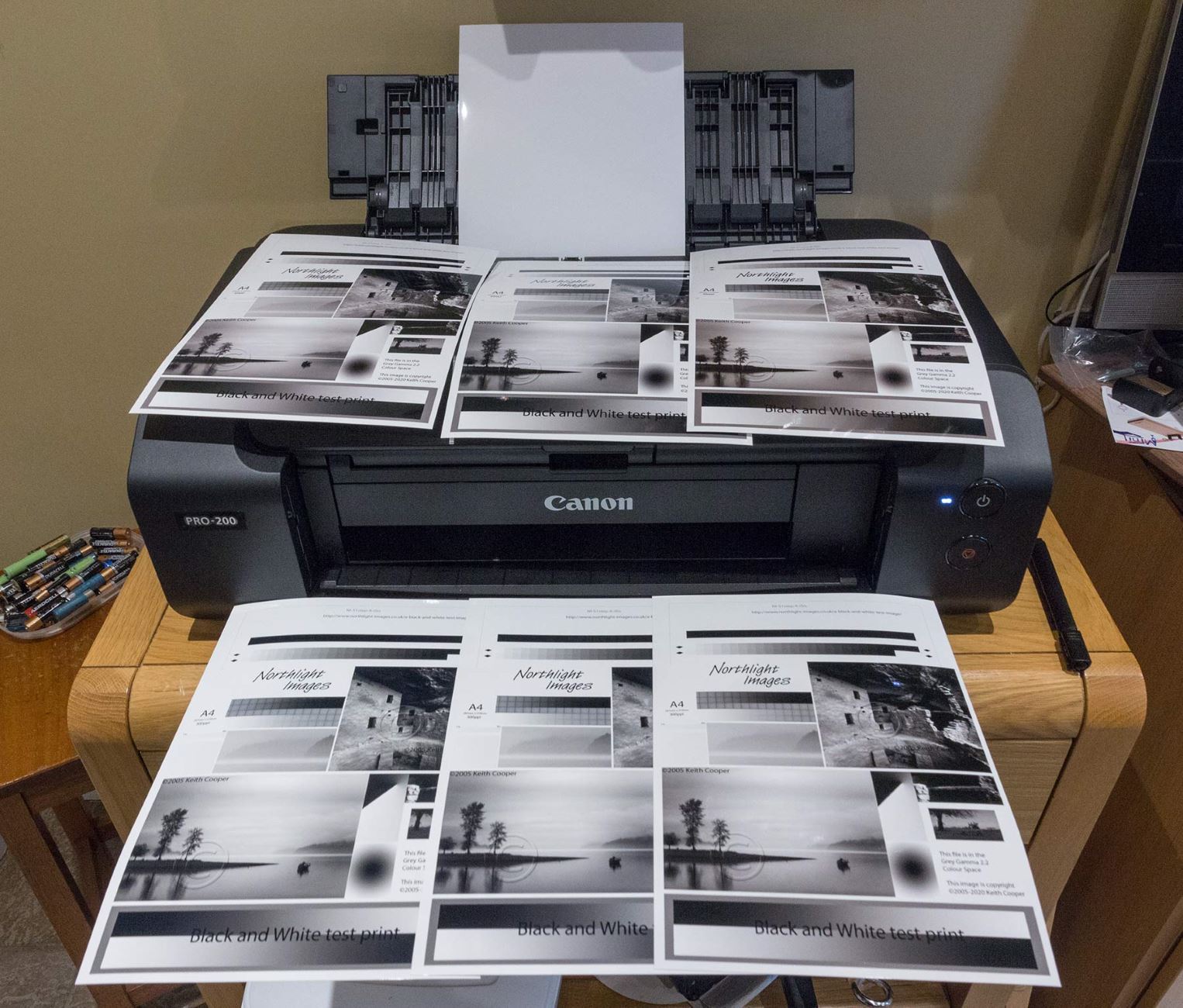

0 thoughts on “Why Is My Printer Not Printing Black”